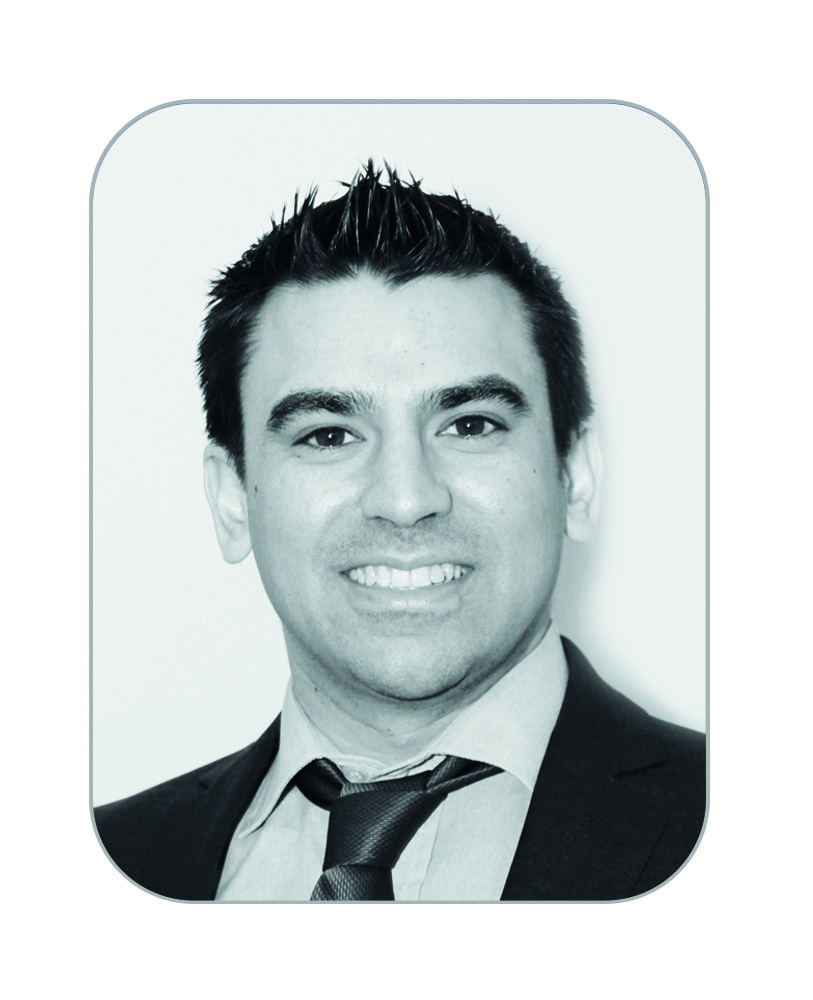Balancing Patient Expectations in Restorative Solutions – Neil Photay
NewsPosted by: manpreet.boora 2nd October 2017

As the importance of an attractive smile becomes more and more apparent among dental patients, dentists are increasingly presented with the challenges of managing their expectations. To add to this predicament, patients are now better informed about options available to them than ever before. In one way this is encouraging for dentists as their patients are engaged and motivated in their own treatment, which can help to improve the final outcome. However, it can also mean that a patient’s end goal is misaligned with what is feasible to be performed in their clinical case.
Excellent communication along the treatment journey is key to ensuring that a patient is satisfied with the final outcome. The dentist must balance the patient’s view of the end result with the materials and techniques available to achieve this, as well as the team’s ability to reach it within the confines of the patient’s anatomical structure and other relevant considerations.
There are a number of tools at the dentist’s disposal to show the patient what is realistic, aiding communication. Some software programmes provide a visual presentation of the anticipated final result and these can help during those early discussions. There is also the diagnostic wax-up that is not only useful to the dentist and technician, but is also another way for the patient to envisage the end result so they have a better, more accurate idea of what to expect. The provisional restoration is one step further, allowing the patient to trial the almost final fit so that any further modifications can be made before completion.
Record keeping is a fundamental part of a dentist’s responsibility and can help to ensure agreement in expectations. It’s just as important to document any conversations about expected outcomes, especially where compromises are necessitated, as it is to detail the treatment plan and patient consent. Ultimately, the responsibility for the final restoration lies with the dentist and so it is wise for them to get it ‘signed-off’ by the patient at the final fitting to mitigate the chance of any complaints being made.
Having a good relationship with the dental laboratory can certainly assist in circumstances when patients are dissatisfied with their restoration. Legally, the laboratory is not obliged to remake a restoration, however, some will do as a friendly gesture. CosTech Dental Laboratory, for example, wants to ensure that all the dentists they work with are happy with their products and services. Again, for goodwill, CosTech will remake restorations if needed even though they are not legally obliged to; while this happens extremely rarely, they understand that a close working relationship with flexibility is required for a successful solution and long-term partnerships.
Through open communication and the use of visual aids, a patient’s expectation of their final restoration can be managed, meaning that the solution is as expected, if not better.
For more information about CosTech Dental Laboratory, which is this year celebrating its 40th anniversary, visit www.costech.co.uk
or call 01474 320076
No Comments
No comments yet.
Sorry, the comment form is closed at this time.



